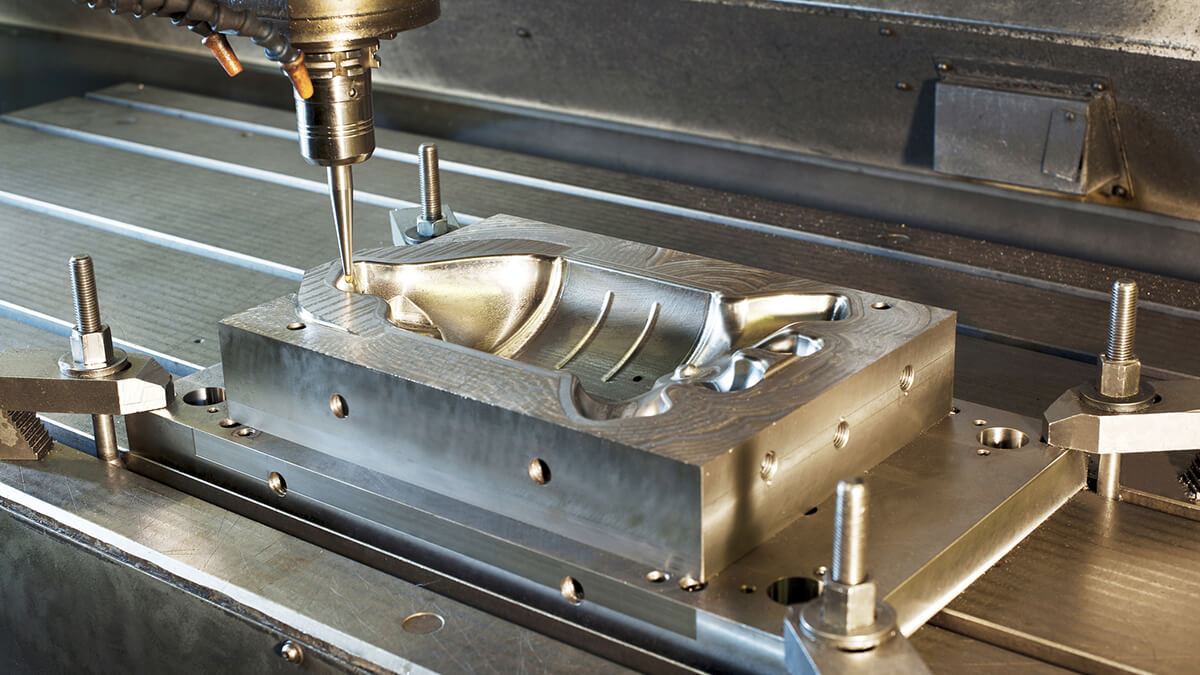Lost wax casting, also known as investment A356 Aluminum Casting, is an ancient and intricate metalworking technique that has been refined and adapted over centuries. This precision casting process is used to create complex and detailed parts in a wide range of materials, including aluminum. In this blog, we will delve into the fascinating world of lost wax casting in aluminum, exploring the steps involved and its applications in modern manufacturing.
The Lost Wax Casting Process
Lost wax casting is a labor-intensive and precise method that produces high-quality aluminum parts. Here’s an overview of the steps involved in this intricate process:
- Pattern Creation: The process begins with the creation of a detailed pattern or model of the desired part. This pattern is typically made from wax, though 3D-printed plastic patterns are becoming more common in modern applications.
- Assembly: Multiple wax patterns are attached to a central wax sprue to form a cluster, creating a tree-like structure. This assembly makes it easier to handle multiple parts in a single casting.
- Shell Building: The wax pattern cluster is dipped repeatedly into a ceramic slurry, allowing each layer to dry before the next dip. This builds up a ceramic shell around the wax pattern. Fine sand is sometimes used in conjunction with the ceramic slurry to enhance the shell’s strength.
- Dewaxing: Once the ceramic shell is dry and solid, it’s placed in an oven to melt and remove the wax patterns. This leaves behind a hollow ceramic mold in the shape of the desired part.
- Preheating: The ceramic mold is preheated to prepare it for the molten aluminum. This step prevents thermal shock, which could cause cracks in the mold.
- Metal Pouring: Molten aluminum is poured into the preheated ceramic mold. The metal flows through the mold’s channels, filling the void left by the wax pattern.
- Cooling and Solidification: The mold is allowed to cool and the aluminum solidifies, taking on the shape of the original wax pattern.
- Shell Removal: After the aluminum has cooled and solidified, the ceramic shell is carefully broken away, revealing the cast aluminum part.
- Finishing: The cast part may require additional finishing, such as machining, polishing, or heat treatment, to achieve the desired surface finish and dimensional accuracy.
Applications of Aluminum Lost Wax Casting
Aluminum lost wax casting offers a wide range of applications across various industries due to its ability to produce complex and high-precision parts. Here are some notable examples:
- Aerospace: The aerospace industry relies on lost wax casting for components like turbine blades, engine components, and structural parts. The process’s ability to create intricate geometries and reduce material waste is particularly valuable in this sector.
- Automotive: Lost wax casting is used to manufacture aluminum components for engines, transmissions, and suspension systems. The lightweight nature of aluminum is a crucial factor in improving fuel efficiency.
- Art and Sculpture: Artists and sculptors appreciate the intricacy and detail achievable through lost wax casting in aluminum. This technique allows for the creation of unique and visually striking sculptures and artworks.
- Medical Devices: Precision and biocompatibility are essential in the medical device industry. Lost wax casting is used to produce complex and customized medical components like implants and surgical instruments.
Conclusion
The intricate process of lost wax casting in aluminum showcases the marriage of ancient craftsmanship with modern technology. Its ability to create complex, detailed, and precise parts has made it a vital technique in industries ranging from aerospace and automotive to art and medicine. As technology continues to advance, we can expect further refinements and innovations in the lost wax casting process, expanding its applications and pushing the boundaries of what can be achieved in aluminum manufacturing.
